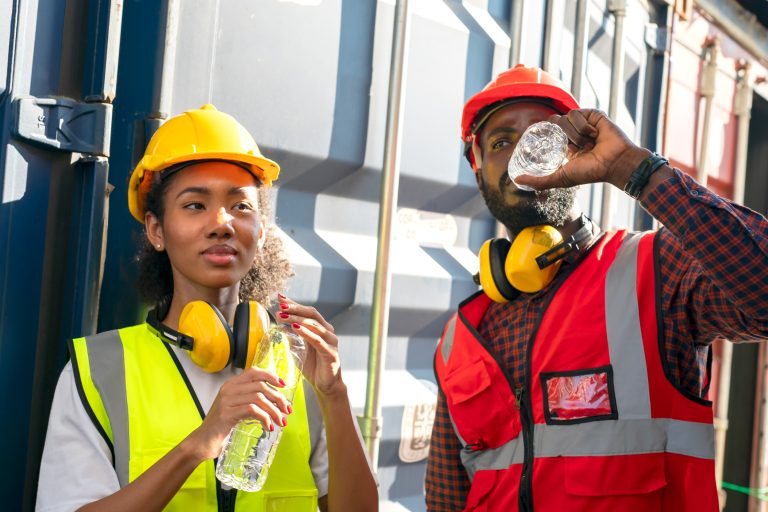Staircases are a necessary aspect of commercial buildings, providing vertical circulation for employees, customers, and clients. Beyond their functional purpose, commercial staircases significantly contribute to the aesthetic and structural elements of a building’s design. In this post, we explore the various aspects of commercial staircases, from their design considerations and materials to their regulatory requirements and safety features.
Functional and Aesthetic Considerations
Commercial staircases must balance functionality with aesthetics. They are typically high-traffic areas, so they need to be durable and able to withstand constant use. At the same time, staircases are often focal points in a building’s interior design, making it essential to choose materials and styles that align with the overall aesthetic of the space.
The design of a commercial staircase should consider the flow of traffic, the building’s layout, and the specific needs of the business. For instance, in a retail environment, an inviting, wide staircase can encourage customers to explore multiple floors. In an office setting, a more understated, functional design may be preferred. The staircase should complement the building’s architecture, whether it is modern, industrial, or classical. Custom design elements, such as unique handrails, branded colors, or company logos, can also be incorporated into the staircase design. This not only enhances the visual appeal, but also creates a cohesive and memorable brand experience for visitors and employees.
The choice of materials for a commercial staircase impacts both its durability and visual appeal. Common materials include:
- Concrete: Durable and versatile, suitable for both interior and exterior use.
- Steel: Strong and modern, often used in industrial or contemporary designs.
- Wood: Provides a warm and traditional look, though it requires more maintenance.
- Glass: Offers a sleek, modern appearance and can make spaces feel larger and more open.
Safety Features and Regulations
Safety is paramount in the design of commercial staircases. They must comply with local building codes and regulations, which dictate dimensions, materials, and additional features to ensure the safety of users.
Handrails provide support and stability, and should be at a comfortable height for most users, typically between 34 and 38 inches above the stair tread; guardrails prevent falls from the sides of the staircase. The dimensions of the treads (the horizontal part of the step) and risers (the vertical part) are also critical for safety and comfort. A common standard is that risers should be no more than 7 inches high and treads should be at least 11 inches deep. As an extra measure to reduce the risk of slips and falls, stair treads should have non-slip surfaces, especially in areas where floors may become wet or greasy. This can be achieved through textured materials, anti-slip coatings, or adhesive strips.
Emergency egress is another factor to consider. In commercial buildings, staircases often serve as part of the emergency egress system. They must be designed to facilitate a quick and safe evacuation in case of emergencies like fires. This includes ensuring that staircases are wide enough to accommodate a large number of people and that they are clearly marked and well-lit.
Commercial staircases are more than just a means of moving between floors; they are integral components of a building’s design and functionality. By carefully considering materials, safety features, and design elements, businesses can ensure their staircases are not only safe and durable, but also visually appealing and aligned with their brand identity.
Looking for a team to take the lead on your next project? At Pulse Construction, we’re committed to doing business with an honest, professional, and competitive approach – without compromising safety or schedules. Contact us today for all of your building needs.



